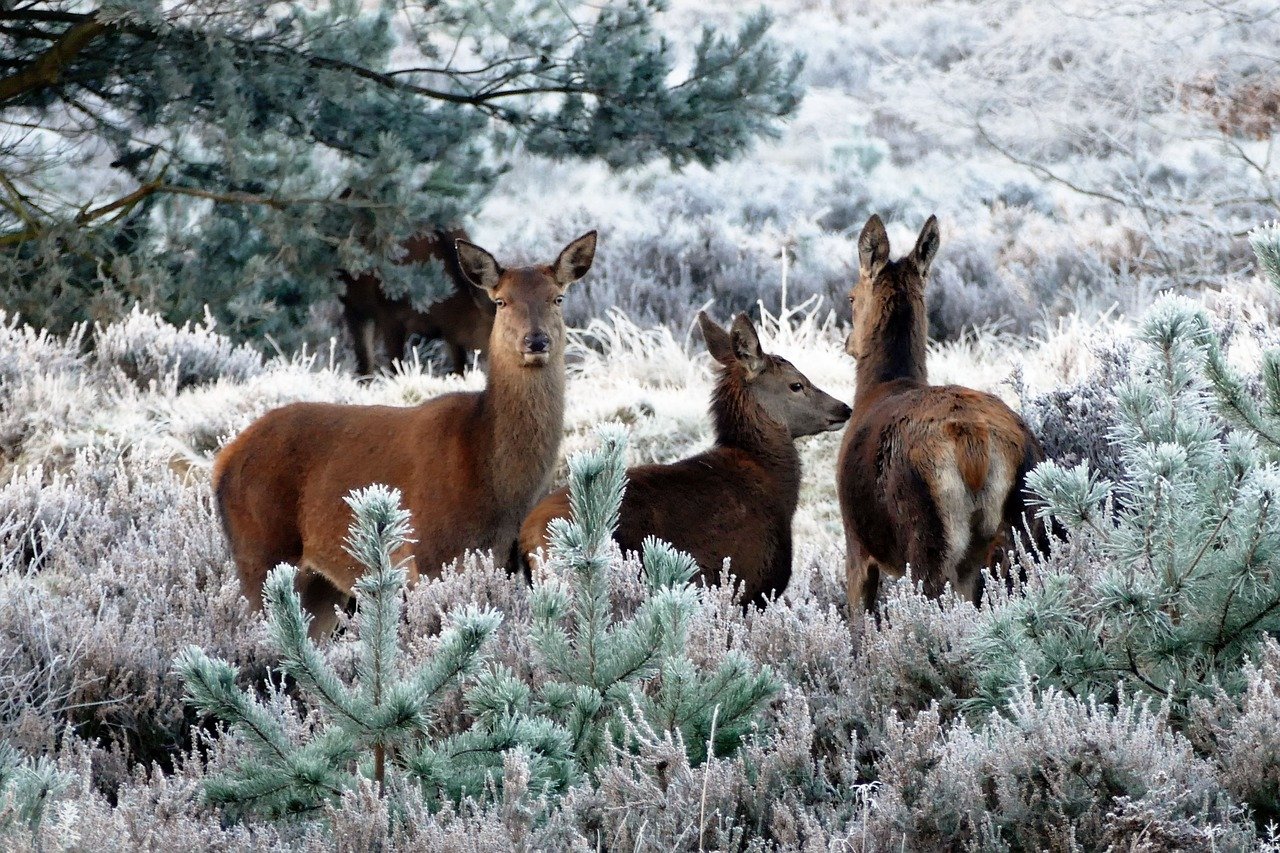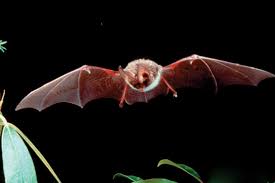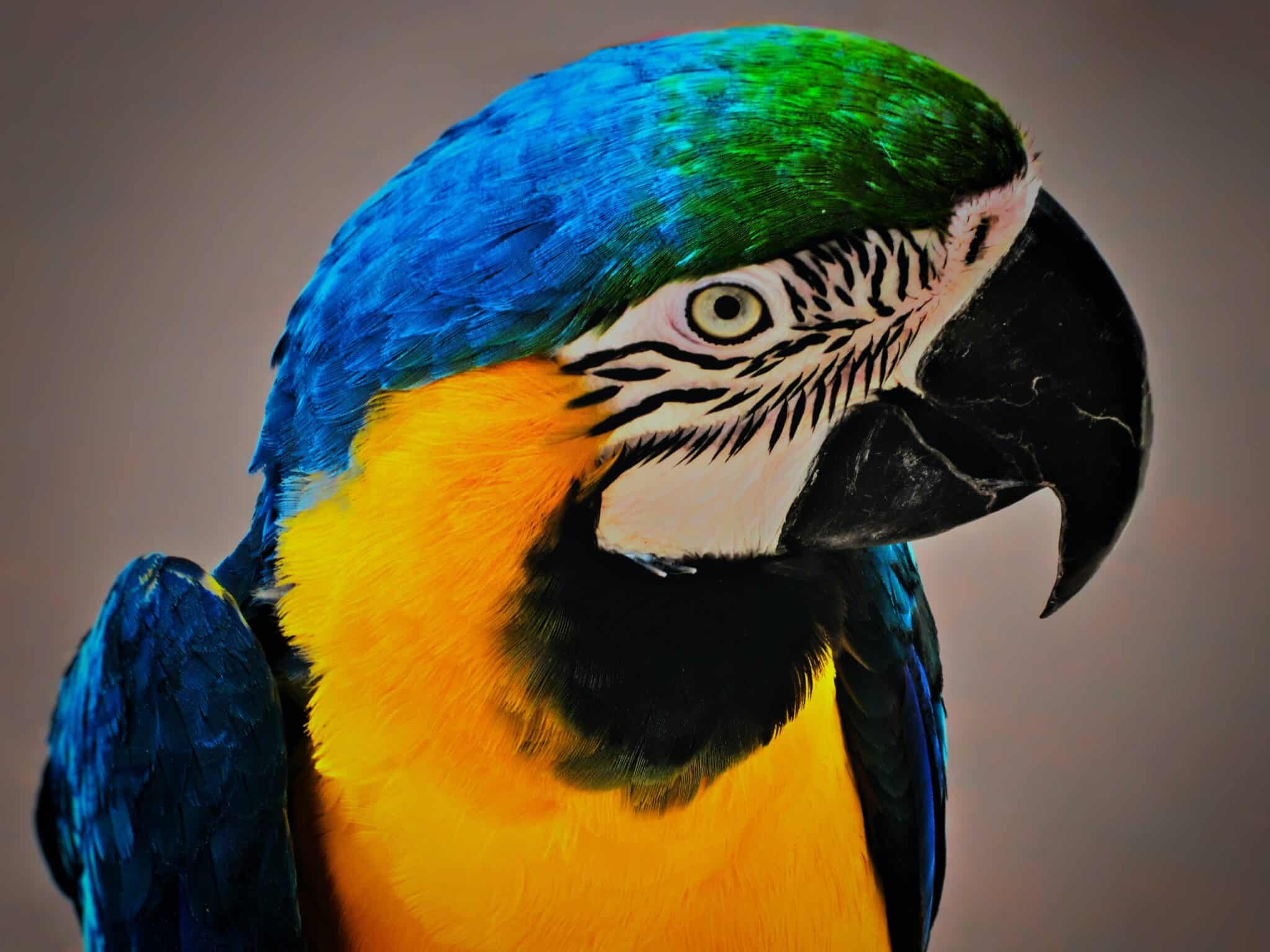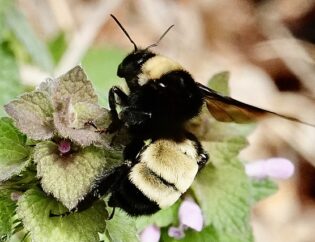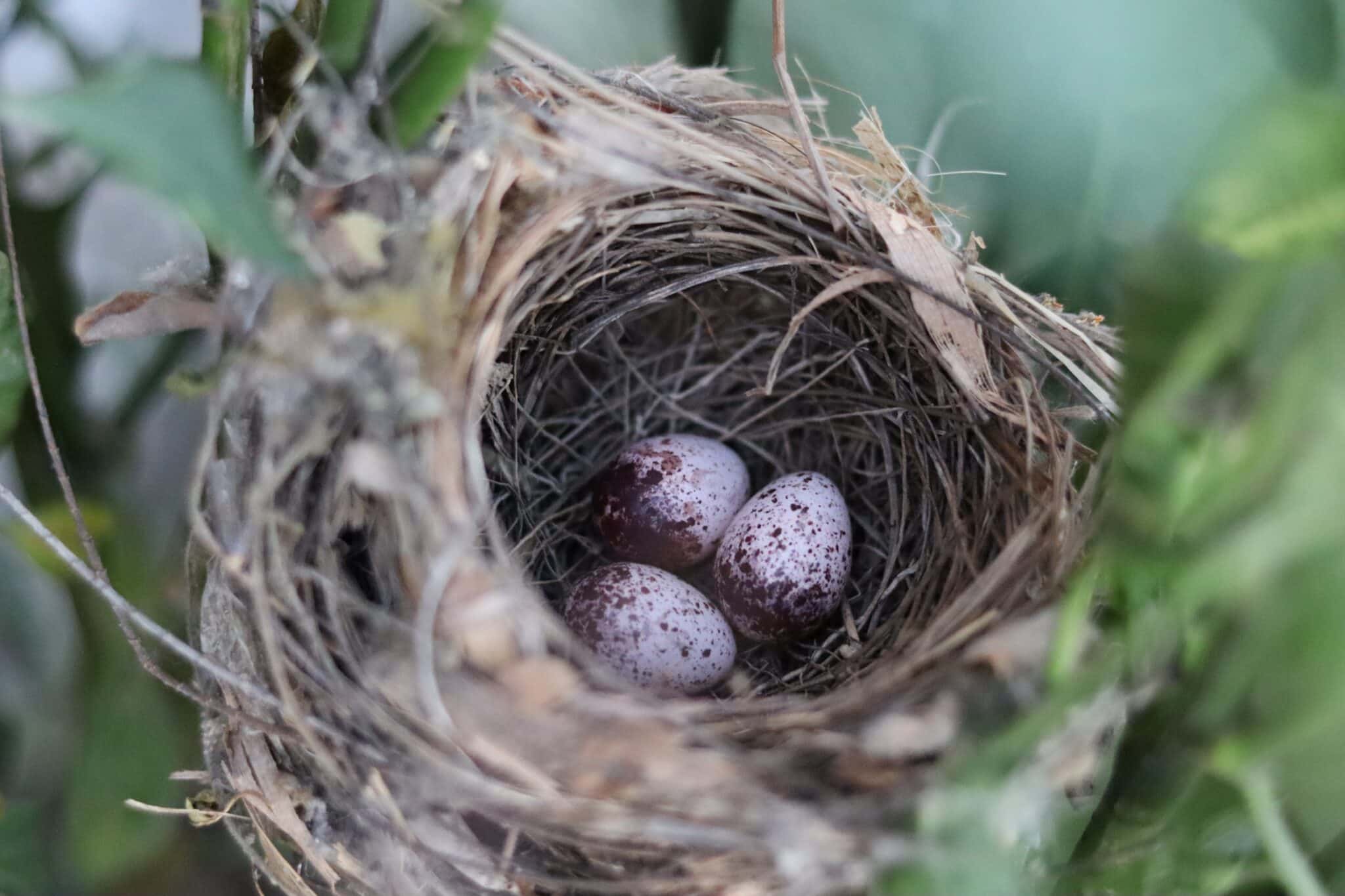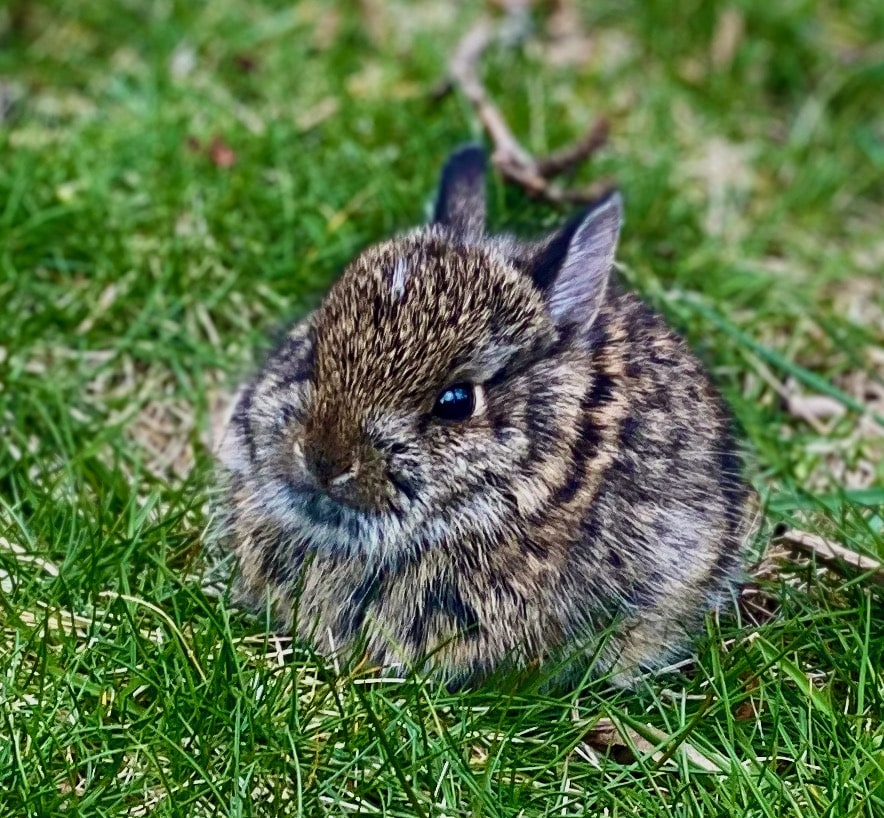
Spring is a magnificent time to experience the natural world. A time of renewal, rebirth is all around. Trees are budding. Flowers are blooming. And animals are mating.
If you and your children are spending more time outdoors in nature in the spring, you just may come across a baby animal, whether that be a bird, baby bunny, baby squirrel, or baby raccoon. Whatever the baby critter, it is undoubtedly adorable. With their tiny ears, mini paws, teeny tails, baby wild animals are hard to resist. But you and your children must approach the situation with care, considering both the well-being of the animal and the complexities of their natural habitat.
Coming across a baby wild animal is a memorable experience, but it also comes with responsibilities. You can use this as a teaching moment for your young naturalist, by modeling and teaching them how to approach the situation with respect and care. There are things you should do—and things you should not do. If you remember the key actions of observe, assess, and seek expert guidance, the baby will be safe and your child will have learned an important lesson about how to be a responsible human in a wild world.
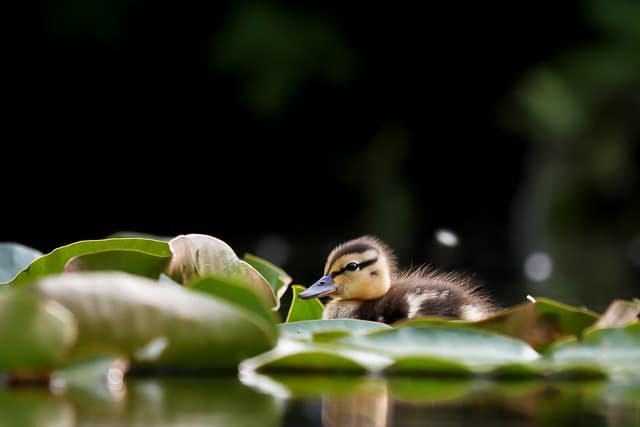
Assess the Situation
The first step upon discovering a baby wild animal is to assess the situation calmly and objectively. Take note of the animal's condition, size, species, and immediate surroundings. Determine whether the animal appears injured, orphaned, or simply temporarily separated from its mother.
Observe from a Distance
Wild animals, especially young ones, are often left alone by their mothers for extended periods as part of their natural behavior. Many species, such as deer and rabbits, leave their young hidden while they forage for food. Therefore, before intervening, it's crucial to observe the animal from a distance for a while to see if its mother returns.
Ensure Safety
If the baby animal is in immediate danger, such as being near a busy road or exposed to predators, take necessary measures to ensure its safety. This may involve gently moving the animal to a safer location nearby, ensuring minimal human contact.
Do Not Touch
Resist the temptation to touch or handle the baby wild animal unless absolutely necessary. Human scent can be alarming to wild animals and may cause unnecessary stress. Moreover, some animals may carry diseases that can be transmitted to humans, making direct contact potentially hazardous.
Contact Wildlife Experts
If you're unsure about what to do or if the animal appears to be injured or orphaned, contact local wildlife authorities or rehabilitation centers for guidance. These professionals have the knowledge and resources to assess the situation accurately and provide appropriate assistance.
Provide Temporary Shelter
If the baby animal is in immediate danger and cannot be left alone, provide temporary shelter while waiting for wildlife experts to arrive. Use a cardboard box or carrier lined with a soft towel or cloth, ensuring adequate ventilation. Keep the shelter in a quiet, dark place to minimize stress for the animal.
Do Not Attempt to Feed
Avoid offering food or water to the baby wild animal unless advised to do so by wildlife experts. Feeding an animal the wrong food or inappropriately can cause digestive issues or dependency on humans, which can jeopardize its chances of survival in the wild.
Educate Others
Use encounters with baby wild animals as opportunities to educate others about wildlife conservation and ethical interactions with wildlife. Share your experience and knowledge with friends, family, and community members to raise awareness and promote responsible behavior.
Respect Wildlife Laws
Familiarize yourself with local wildlife laws and regulations regarding the handling and rehabilitation of wild animals. In many areas, it is illegal to possess or care for wild animals without proper permits and training. Adhering to these laws is crucial to ensure the well-being of both the animals and yourself.
Watch from a Distance
If wildlife experts advise leaving the baby animal alone, respect their guidance and monitor the situation from a distance. Check back periodically to see if the mother has returned or if the animal's condition has changed. Avoid excessive interference and give the animal the best chance of reuniting with its family or surviving on its own.




